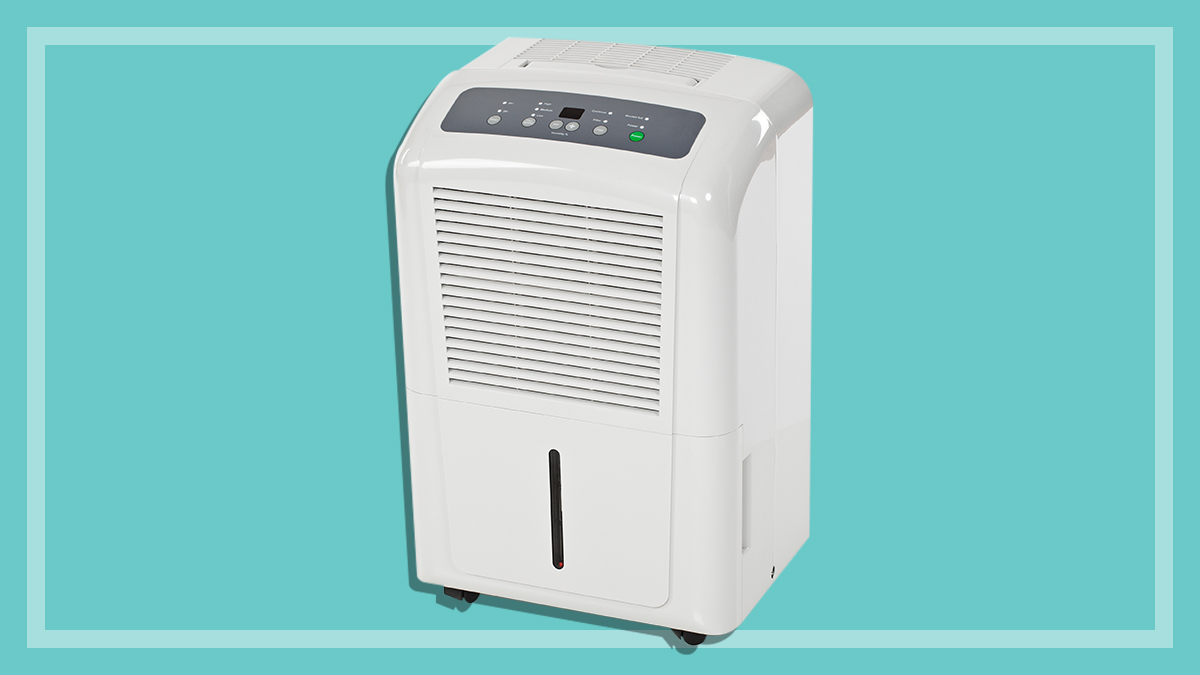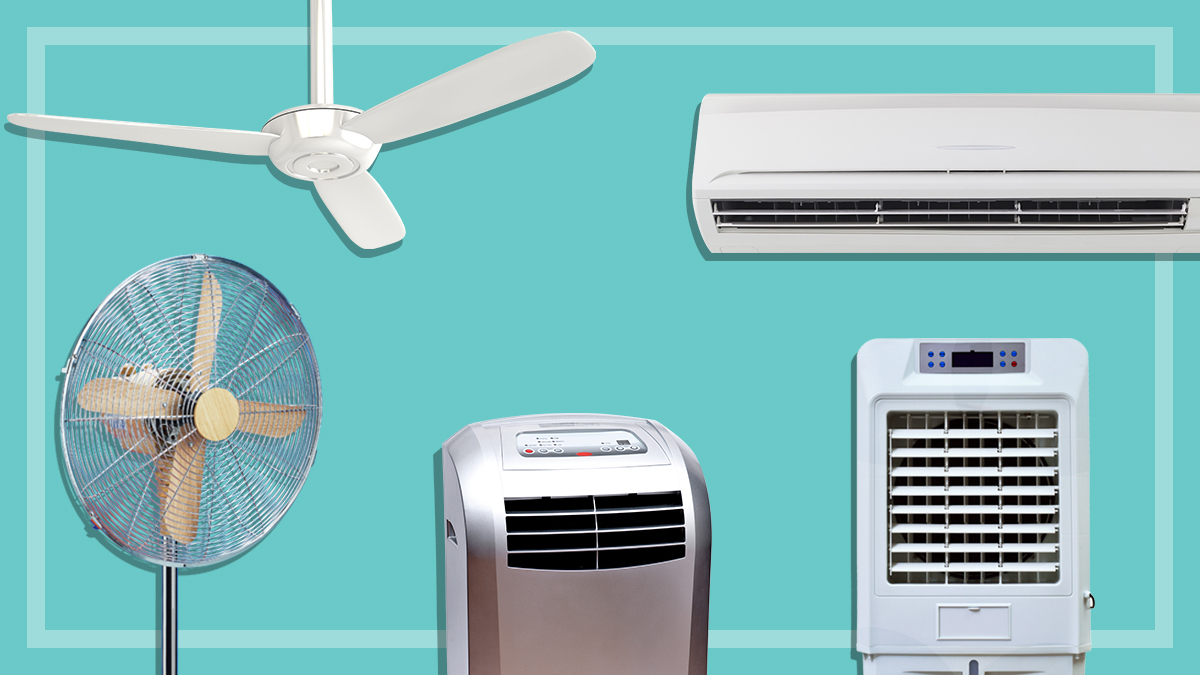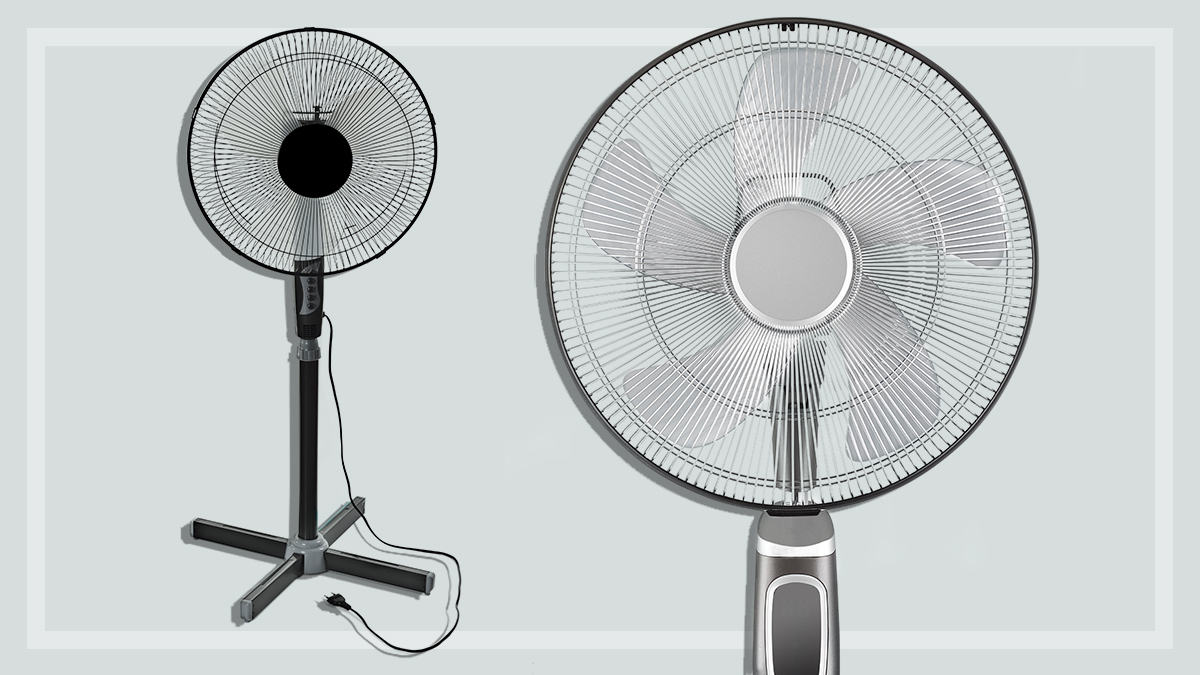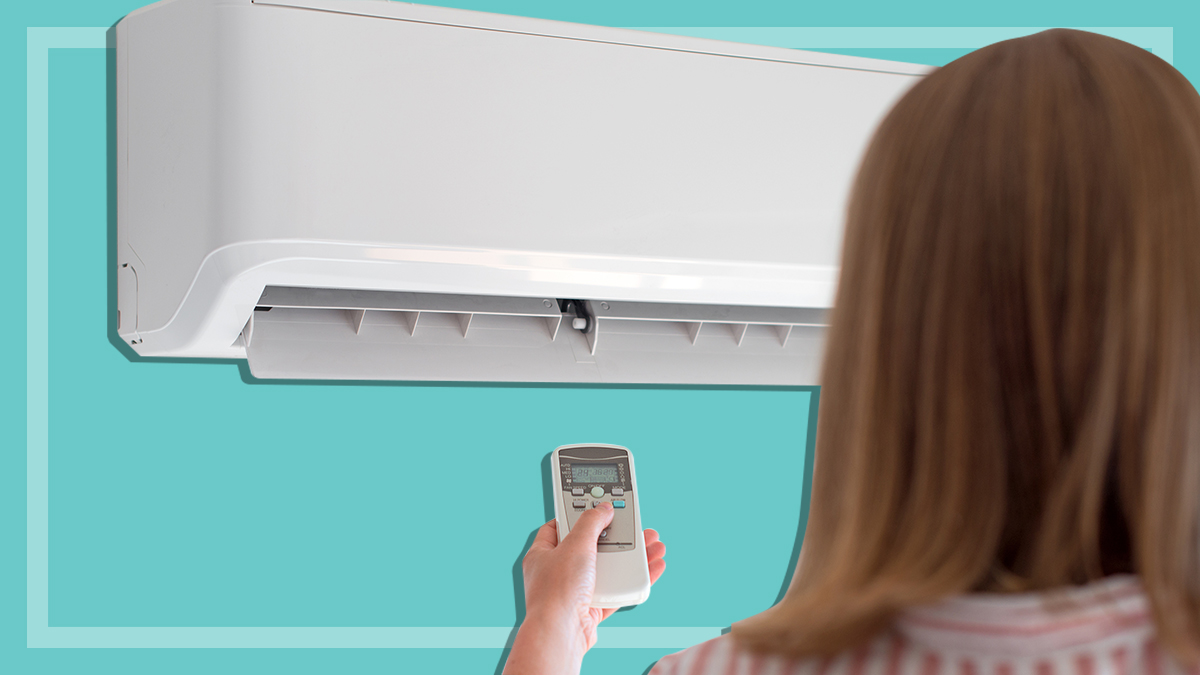Get our independent lab tests, expert reviews and honest advice.
What does a dehumidifier do and is it worth getting one?
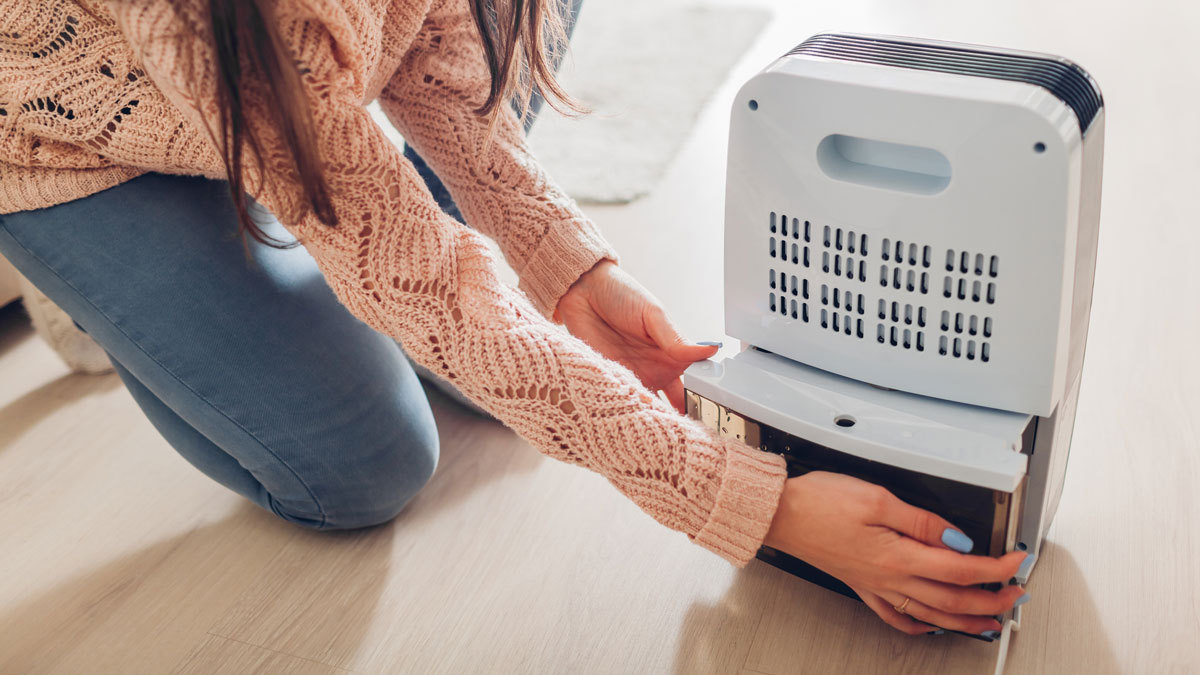
Need to know
- Dehumidifiers are a good option if you have persistent damp problems, or if your home has been affected by a flood, leak or water damage
- They can be beneficial when drying laundry indoors, as they help reduce condensation and the likelihood of mould developing
- Consider noise, size and weight to help you choose the right model for the right room
Is your home feeling a little damp and soggy?
If your home is rife with condensation or has suffered a leak or water damage, it’s not only unpleasant to live with but can eventually lead to mould, flaking paintwork and further damage to your property.
Add high levels of humidity, and your home could be a breeding ground for mould and dust mites, which can trigger asthma and other health problems.
Here’s how a dehumidifier can help.
What does a dehumidifier do?
A dehumidifier removes moisture from the air, helping prevent mould. They mostly work by drawing air in, then filtering and cooling it to condense moisture. It’s then reheated before warmer and dryer air is released.
“Dehumidifiers are a good option if you have persistent humidity or dampness problems, or if your home has been affected by a flood or leak and you’re trying to dry it out,” says CHOICE household expert Chris Barnes.
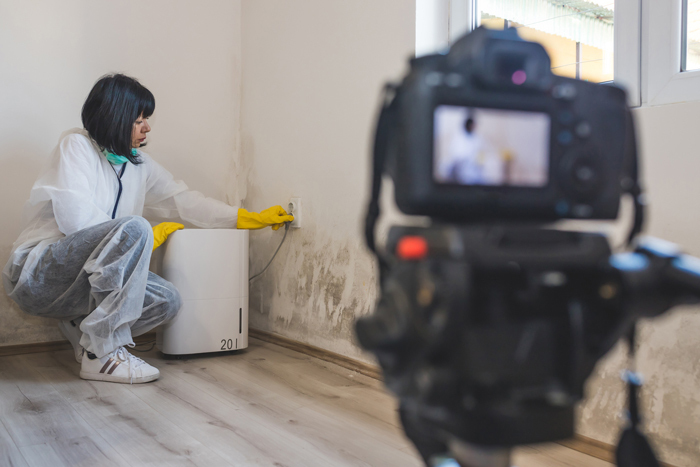
Are dehumidifiers worth it?
Yes, if you’ve got damp problems. Broadly speaking, cheaper models have fewer features, a smaller tank capacity and may not be as efficient at water removal. Pricier models typically have a better water-removal capability, higher energy efficiency, more features and a larger tank capacity. That said, they’ll usually be larger, heavier and often noisier.
“Dehumidifiers can be expensive to buy, and noisy to run,” says Chris. “They’ll also add to your electricity bill, as they can use a fair bit of power, which will add up if you have to run them for long periods of time.”
They can make a big difference to a persistently damp home and may save you from costly repairs or health problems in the long run
Chris Barnes, CHOICE household product expert
In summary? It largely depends on how big your property is, how big your damp problem is… and how big your budget is.
“They can make a big difference to a persistently damp home and may save you from costly repairs or health problems in the long run,” concludes Chris.
Will a dehumidifier help after a flood, leak or water damage?
A dehumidifier can certainly help after a flood or a water leak in your home. They won’t pump water out of the house, but they will help remove water from the air, to keep the indoor humidity down to a comfortable level.
If your home furnishings have been soaked by floodwater, then running a dehumidifier in the room will help to dry them out faster. You’ll want a model with a large water collection tank, since it’ll be pulling a lot of water from the air (Be prepared to empty the tank frequently), or one with continuous drainage (with a drainage hose connected to empty straight into a drain).
But be warned – any carpet or furniture that’s been badly water damaged will probably be beyond the powers of the dehumidifier to help.
How long should I run a dehumidifier after a flood or leak?
You’ll probably need to run the dehumidifier for a long time – up to several days – after the home is emptied of water, so check our dehumidifier reviews to find one that’s not just effective at drying the air, but that also doesn’t cost too much to run.
Keeping a dehumidifier running at low level can help keep the indoors more comfortable and protect your furnishings from damp and mould
They can also be a bit noisy, but that might be the least of your worries after a flood. If your home has escaped flooding, but is just damp inside from incessant rainy weather, then keeping a dehumidifier running at low level can help keep the indoors more comfortable and protect your furnishings from damp and mould.
If you live in a warm climate area, then a refrigerant model is probably your best choice. If dampness mainly happens in cold seasons, then consider a desiccant model. We explain the different types below.
My home has never flooded – do I still need a dehumidifier?
It depends on your home’s humidity levels. The National Asthma Council Australia advises that the humidity in your home should be between 30% and 50%, so a hygrometer – which measures relative humidity – could be worth buying.
However, if your home doesn’t have good airflow, it may already be showing signs of damp and high humidity: a musty odour, condensation on windows, or mould.
Can I use DampRid instead of a dehumidifier?
If you’re dealing just with low-level damp problems, or just a small area in your house, you could try a desiccant product like DampRid. It’ll set you back around $6.50 per pack, rather than the hundreds of dollars that dehumidifiers cost.
We put DampRid to work in a chamber about the size of a closet that was set to 80% humidity to see how it fared, and it didn’t do too badly: in three days it had collected nearly half a cup of water and reduced the humidity to 43%.
It’s certainly no match for a dehumidifier (even one that doesn’t perform well), so it’s not a solution to serious damp problems, but it could be a more affordable solution for occasional or low-level damp problems, even if you need to buy a few packs.
Want to know more and hear what our expert says? Here’s how it compared: DampRid vs dehumidifiers: Does DampRid really work?
The different types of dehumidifier
There are two main types of dehumidifiers: refrigerants and desiccants.
Refrigerant dehumidifiers
“These use the same technology as a fridge,” says Chris. “They draw in air, cool it to condense the water it contains, then warm it and blow it back out.
“It’s easier for them to cool the air if it’s already warm, so they work best in moderate or warmer climates. However, the released warmer air might be undesirable in hot climates.”
Refrigerant models tested in our dehumidifier product reviews were more energy efficient than desiccant models, had larger tanks and better water removal. But they were also larger, heavier and noisier.
Desiccant dehumidifiers
“These models use a slowly rotating disc or belt of material that absorbs moisture from the air,” says Chris.
“The damp section then moves through a drying process, which evaporates the water and collects it in a tank.”
Desiccant models tend to perform similarly no matter what the air temperature is, so can be better in cooler climates, where a refrigerant model may struggle. But regardless of climate “a refrigerant will usually outperform a desiccant”, says Chris.
The desiccants we tested typically had a higher running cost and smaller tanks, but tended to be lighter, more compact and more portable.
Are dehumidifiers good for drying clothes?
Yes. A dehumidifier can be used to help your clothes dry faster, and can reduce or prevent the buildup of mould and dust that can result from drying your laundry indoors.
Over half the models in our latest dehumidifier review have a specific laundry setting for this purpose.
The laundry function on many dehumidifiers helps dry washing more efficiently indoors by pulling excess moisture from the air. They’re no match for tumble dryers, but they’re still a great option if you don’t have outdoor drying space, especially during colder months.
“The moisture has to go somewhere, and if your home doesn’t have good airflow to let moist air escape, you can end up with damp walls and furniture – perfect conditions for mould,” says Chris.
“A dehumidifier can speed up indoor clothes drying and make it safer.”
What should I look for when buying a dehumidifier?
First off, consider how you’ll be using it.
“In colder areas (say, below 20°C), a desiccant model may be best, and for warmer areas, consider a refrigerant model,” says Chris.
Other features to consider include energy efficiency, running costs and water-removal effectiveness, as well as the tank size – ideally it should hold at least four litres of water so you’re not constantly emptying it.
“If you’ll be running the dehumidifier a lot, a model with continuous drain might be useful,” adds Chris.
Also consider noise, especially if it’s intended for bedrooms or living areas.
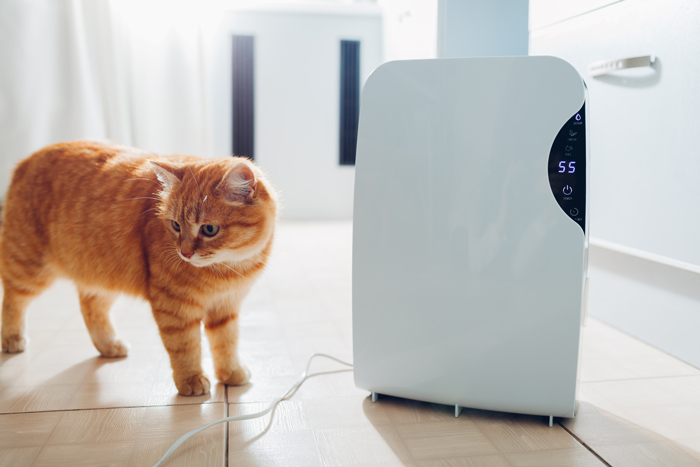
What size dehumidifier do I need?
A model with a higher capacity tank will tackle moisture problems faster, especially in a larger room. Most models have a recommended room size, so check this when shopping around.
“It also depends on how damp the room is,” says Chris. “Look at the rated water-removal rate and scale up if the room is unusually damp. For a standard-sized room (say, 30m2) you might need a 20L model, but if it’s very damp, you might want to consider a slightly bigger model.”
However, size affects weight. Larger dehumidifiers can weigh up to 20kg – not ideal if you’re carting it up and down stairs.
How much do they cost?
Dehumidifiers can cost from around $100 up to over $1800. How much do you have to spend to get a reliable model? In our latest dehumidifier review, the average price of models recommended by CHOICE experts is $580.
But you’ll also want to consider ongoing expenses. In terms of running costs, models can range from one cent to 22c an hour, which can soon add up. Aim for a balance between running costs and effectiveness.

